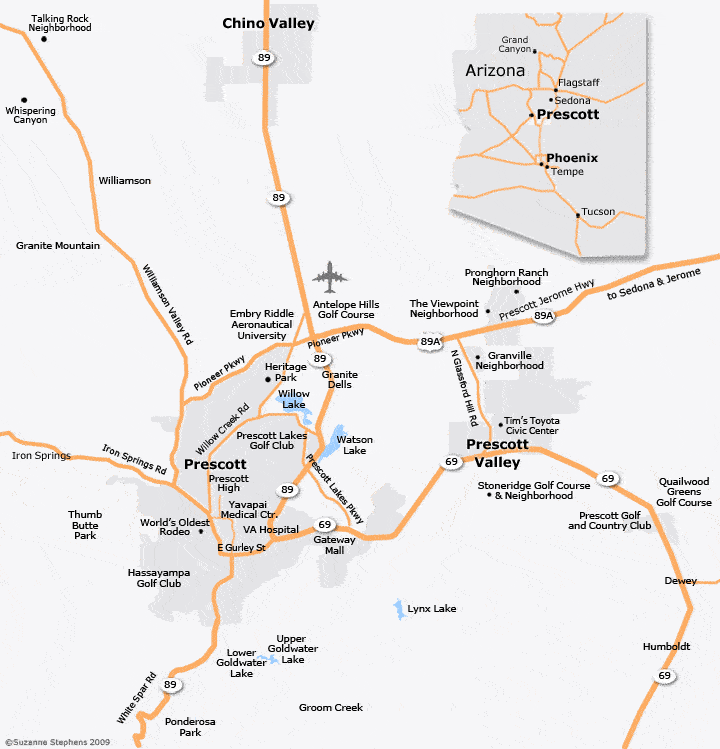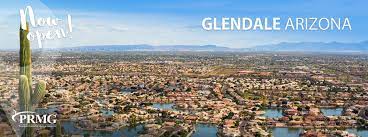Neighborhoods in Prescott Arizona

If you are looking to buy a home in Prescott, Arizona, you may want to consider the available neighborhoods. This is because they have different prices and amenities. Some areas look similar but may have different cultures or a mix of occupational groups. For instance, the Taylor Hicks neighborhood is residential, while the Williamson Valley area is more commercial. In general, Prescott is a popular retirement community. Its economy is based mainly on tourism, but it also offers many amenities for residents.
The downtown area of Prescott has a western flair to it. Many historic buildings were built in the 1800s. You will also find museums that highlight Native American history. Other attractions in the downtown area include the Palace Restaurant and Saloon. This saloon is located on the Yavapai County Courthouse Plaza, the oldest bar in Arizona. Several art galleries are located in the downtown area.
Another popular attraction in Prescott is the Prescott Museum of Art. This museum features an extensive collection of Native American art and cowboy art. During Memorial Day Weekend, over 100 artists gather at the museum to sell their works. Additionally, there are open-air exhibits that showcase Native American culture.
Prescott has a variety of festivals and events that are held throughout the year. These include the Prescott Folk Arts Festival, which is extremely popular. There is also the World’s Oldest Rodeo, which takes place each year. On Christmas Eve, you can attend a special visit from Santa.
While most of the city is residential, the downtown is an urban area that has a lot to offer. Many buildings are old, and you can easily walk around them. Downtown Prescott also contains many restaurants, bars, and other places to visit.
Another place to check out is the Sharlot Hall Museum on West Gurley Street. This is a historic building that the governor of Arizona originally owned. The museum is full of artifacts and focuses on the state’s history.
The Whiskey Row district is another Prescott area worth a visit. The section contains several historical saloons built during the early gold rush. The community was rebuilt after a fire in 1900 destroyed most of the downtown buildings. Nowadays, the row is a collection of candy stores and other businesses.
Finally, there are many museums in Prescott. Some of the most exciting museums include the Phippen Art Museum, the Smoki Museum, and the Museum of Indigenous People. Each of these museums highlights the history of the region. They have exhibits that are free to explore.
The area is also a great place to spend a few days exploring. It is a short drive from Lake Pleasant, Flagstaff, and other parts of Arizona. It is an excellent spot to get away from the stress of life.










